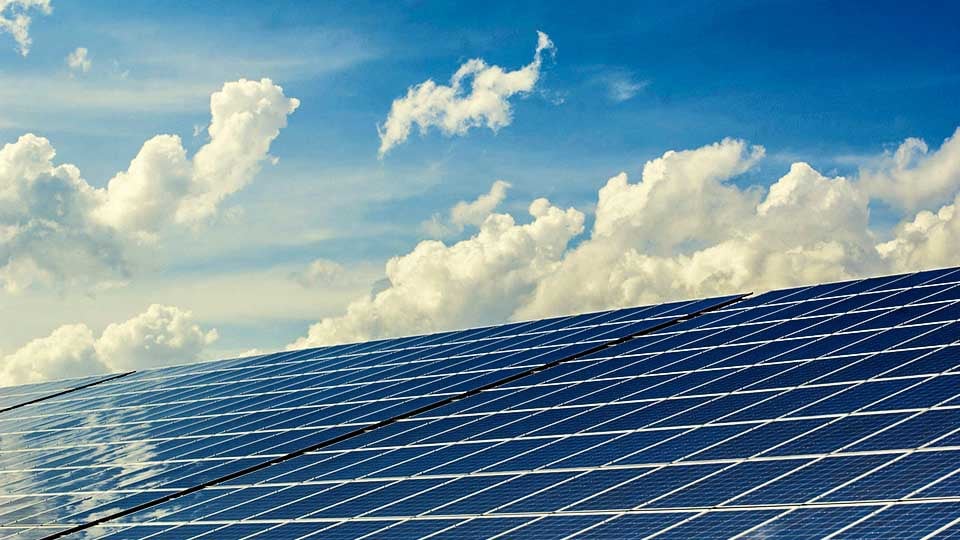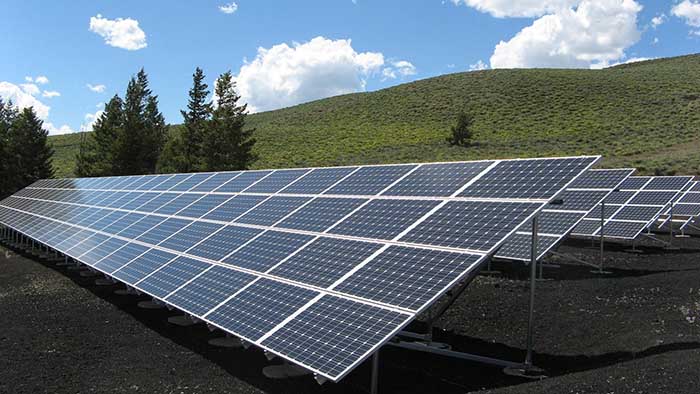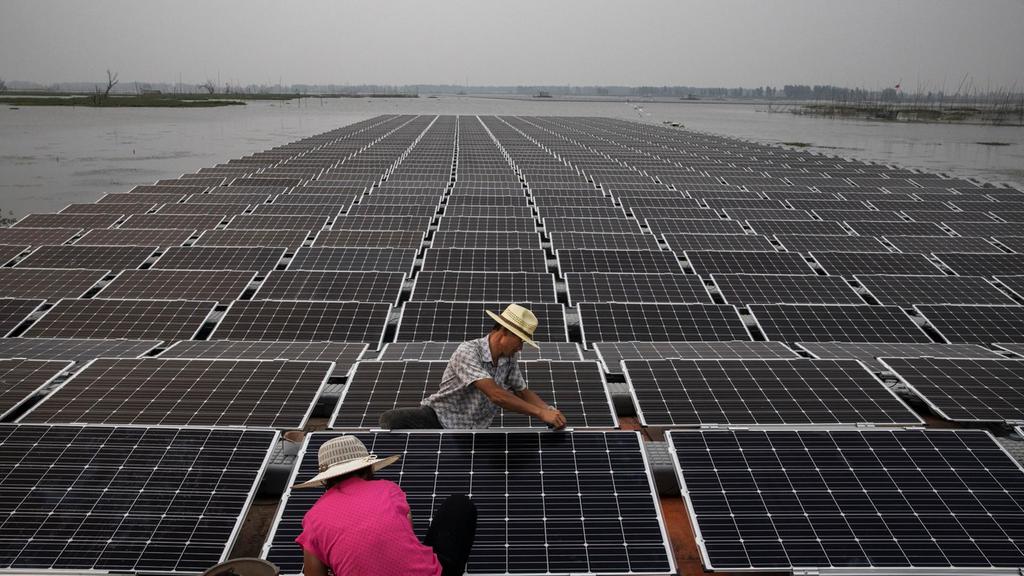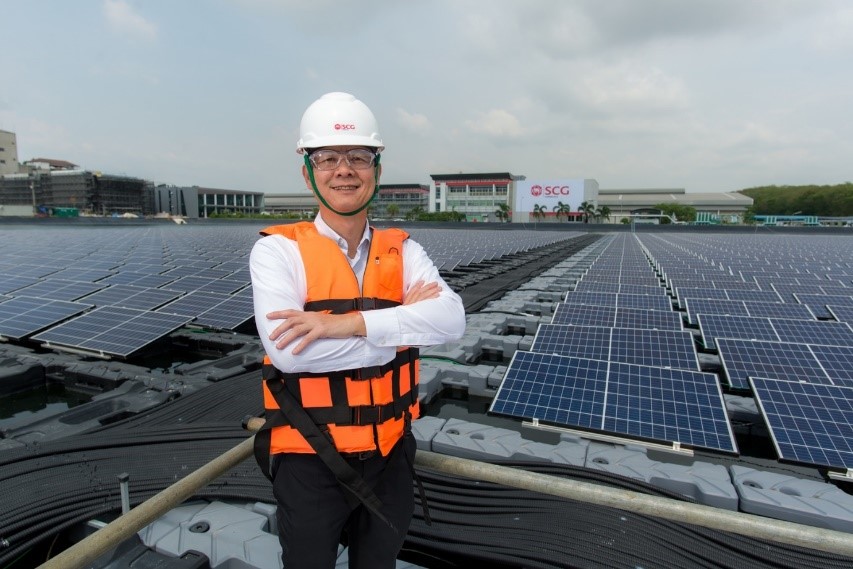
Solar Farm No Longer Limited on the Ground
Solar energy is an unlimited clean energy resource. One of the challenges in utilizing the solar energy is the solar cells’ installation limitations i.e. the insufficient spaces on all buildings and grounds as well as the structural strength of the buildings on which the solar cells are installed. “Floating Solar” technology is thus another interesting solution to these problems. It offers a direct advantage by increasing the efficiency of installed solar cells and an indirect advantage by improving the quality of the water. Currently, many top countries have been using this technology.

What are the advantages of Floating Solar?
- It maximizes the unused water surfaces and reduces using the limited ground surfaces.
- The solar cells installed on the water has a better heat dissipation than the ones installed in any other forms. The cooling effect of heat dissipation increases the solar cells’ efficiency.
- It has shorter payback period compared to ground installation.
- It does not pollute the water and improves the quality of the water instead. The floating platform blocks the sunlight, preventing the growth of such water pollution as algae.
- It does not disrupt the water ecosystem.
- It helps reduce the evaporation of water, which means reserving the water resource.

China Has Built the World’s Biggest Floating Solar Farm on an Abandoned Coal Mine

According to South China Morning Post, China determined to utilize the renewable energy by installing the world’s biggest floating solar farm on a lake in Anhui that was once a coal mine. Its 166,000 solar cells produced 40 megawatts of electricity, sufficiently supplying to 15,000 households. The International Energy Agency (IEA) annual report on the world energy market showed that China was entering the new economic development period by trying to quit being a country of heavy industry and other carbon industry and becoming a country of clean energy industry, which was an important step to other forthcoming environmental problem reductions.
Kyocera Launched Japan’s Biggest Floating Solar Power Plant
Kyocera had built Japan’s biggest floating solar power plant and launched it in March 2018. It covers 180 square kilometers on Yamakura Lake in Ishihara, Shiba prefecture of Japan. It consists of 50,904 Kyocera model standardized solar cells, producing about 16,170 megawatts/hour of electricity, which can be supplied to 4,970 households or about 8,170 tons per year on average.

The floating solar plant was designed and built by Kyocera Communication Systems Co. and being operated by Kyocera TCL Solar LLC, a joint venture between Kyocera and Tokyo Century founded in 2012 to promote a large solar energy project. In addition, Kyocera TCL Solar LLC has built 61 other solar power plants and has developed 7 floating power plants on water surface of lakes and reservoirs in Japan. Since Japan has many reservoirs suitable for building a floating solar power plant, Kyocera therefore wants to proactively promoting the electricity development for Japan market.
SCG Launched Thai’s First “Floating Solar Farm”

As for Thailand, SCG launched Thailand’s first floating power plant in March 2018 at SCG Chemicals in Rayong. It took over 1 year for SCG to research, develop and test the system before invested 40 million baht. The plant can produce 1 megawatt of electricity; its production cost equals to 2.5 baht/unit, compared to 4.0 baht/unit if bought from the Electricity Generating Authority of Thailand, which means its payback period is only 8 years. SCG’s target groups are industrial businesses with water surface, for example, the ones with reservoirs within their plants or with large wastes water treatment ponds. The floating solar farm not only maximizes the use of water surfaces, reduces water evaporation, but also increases the renewable energy producing area for the country.
Thailand is one of the countries promoting the use of renewable energy like solar energy. It is to reduce the electricity consumption as well as to prepare for the continuous potential of increasing demand in electricity in line with the economic growth of the country and Southeast Asia region.






